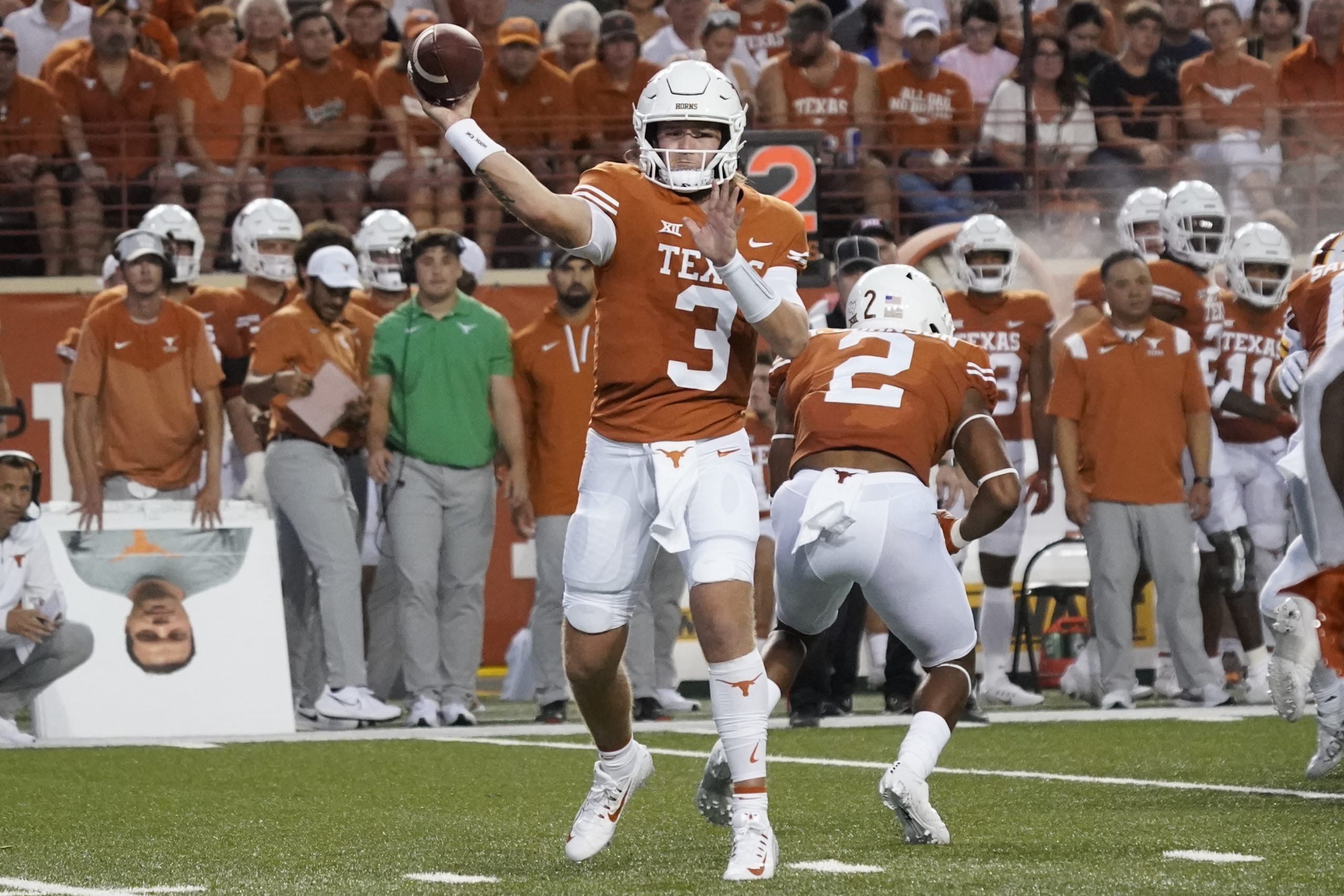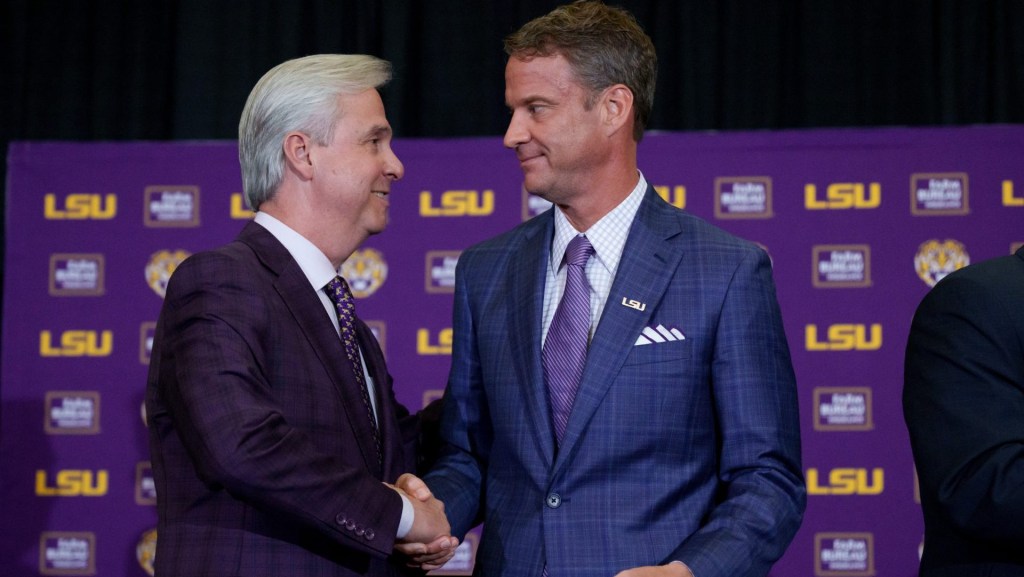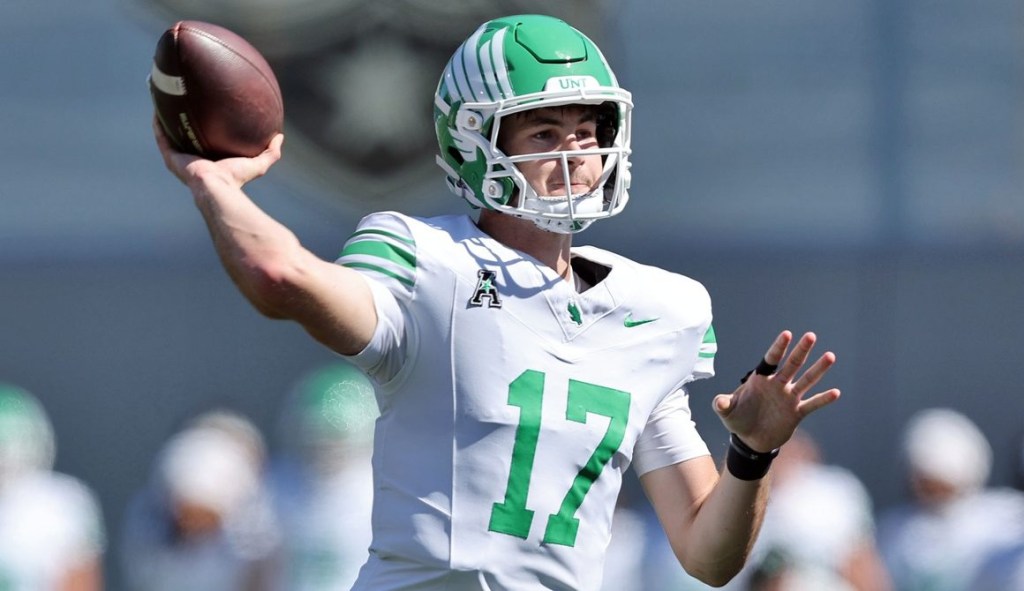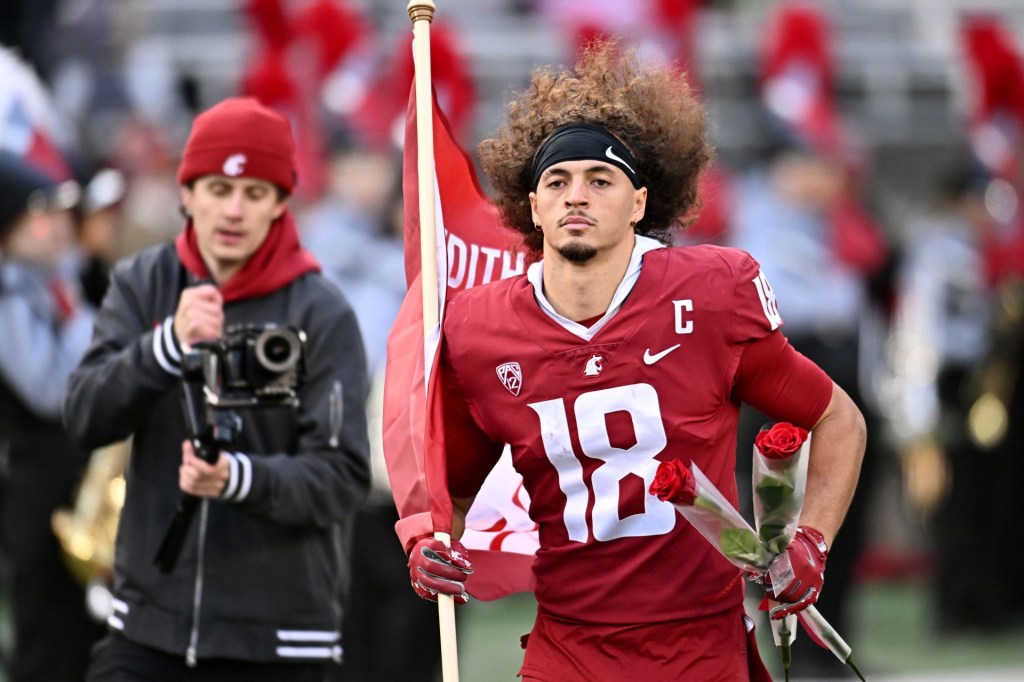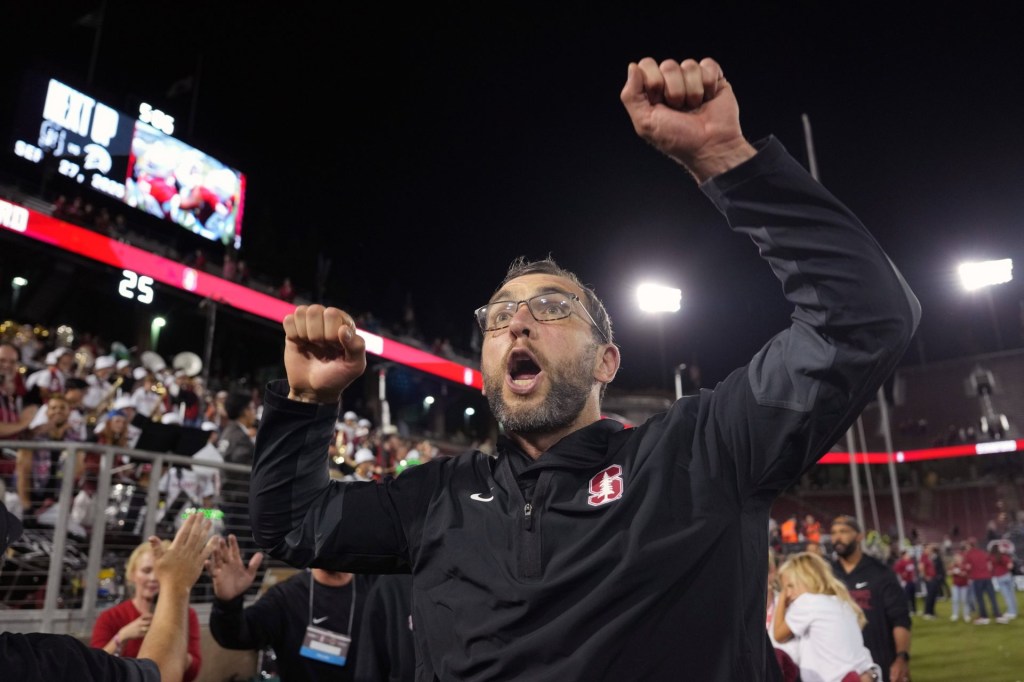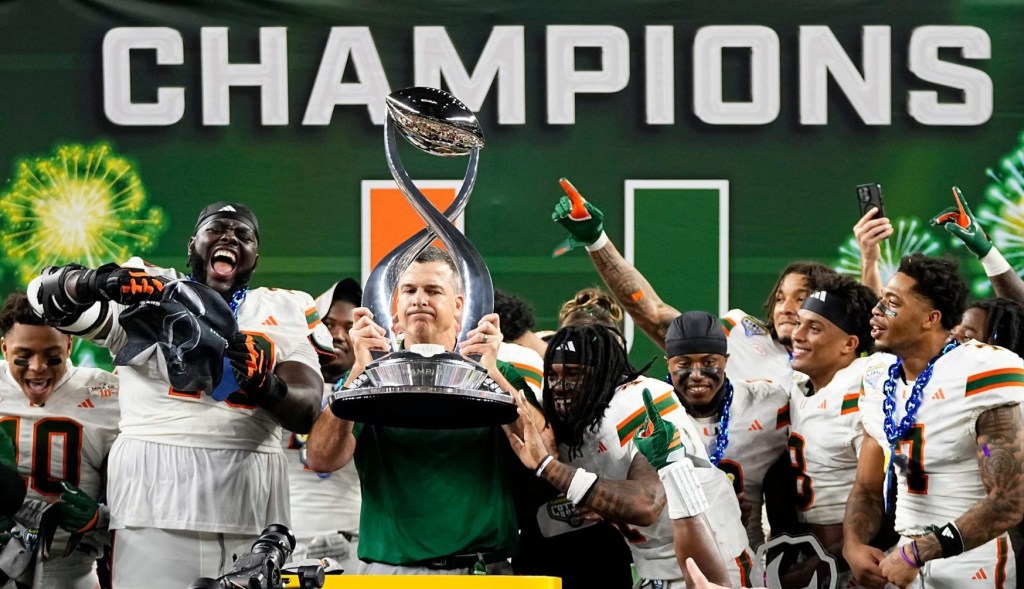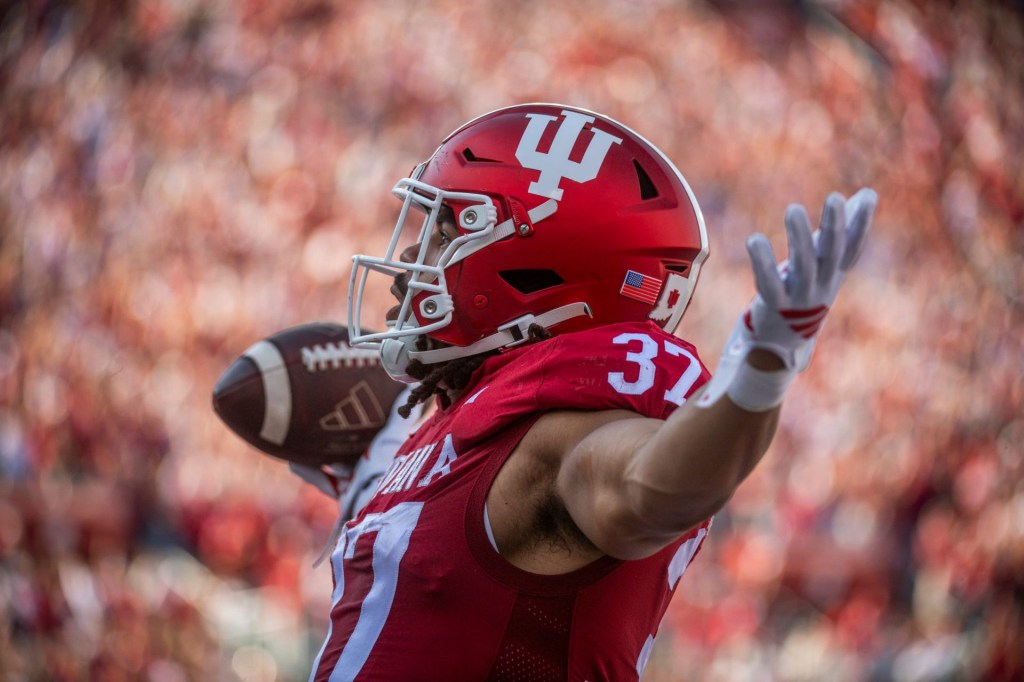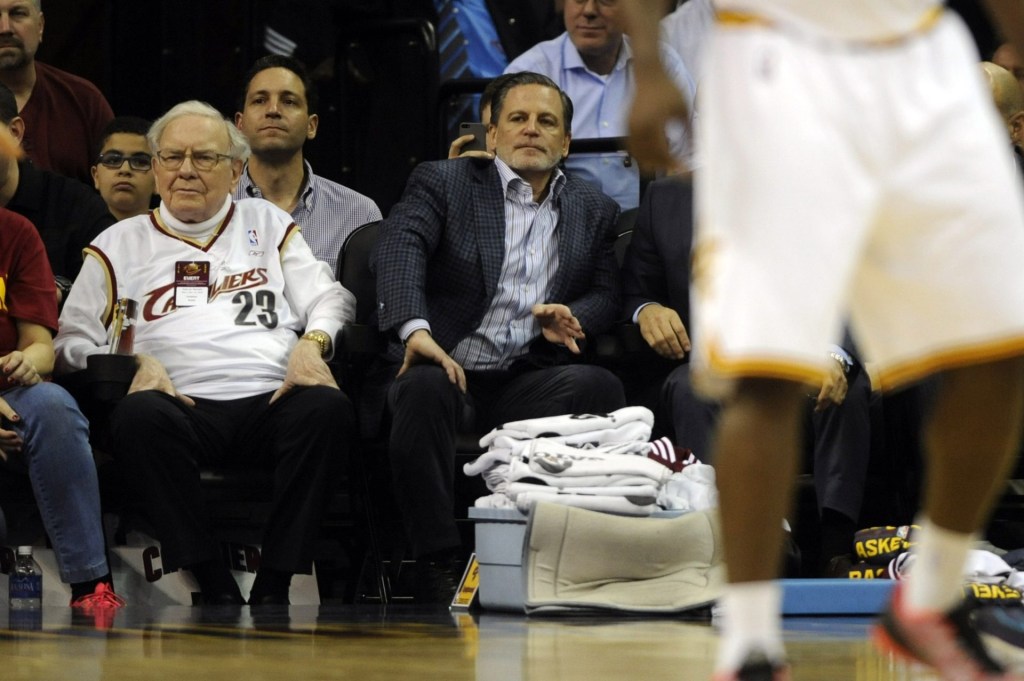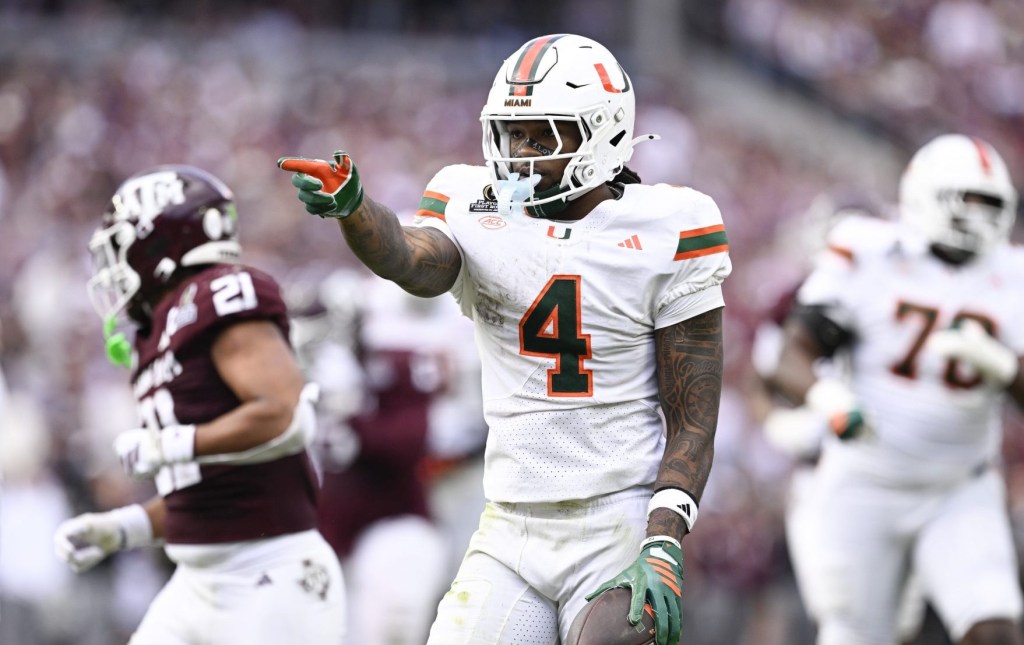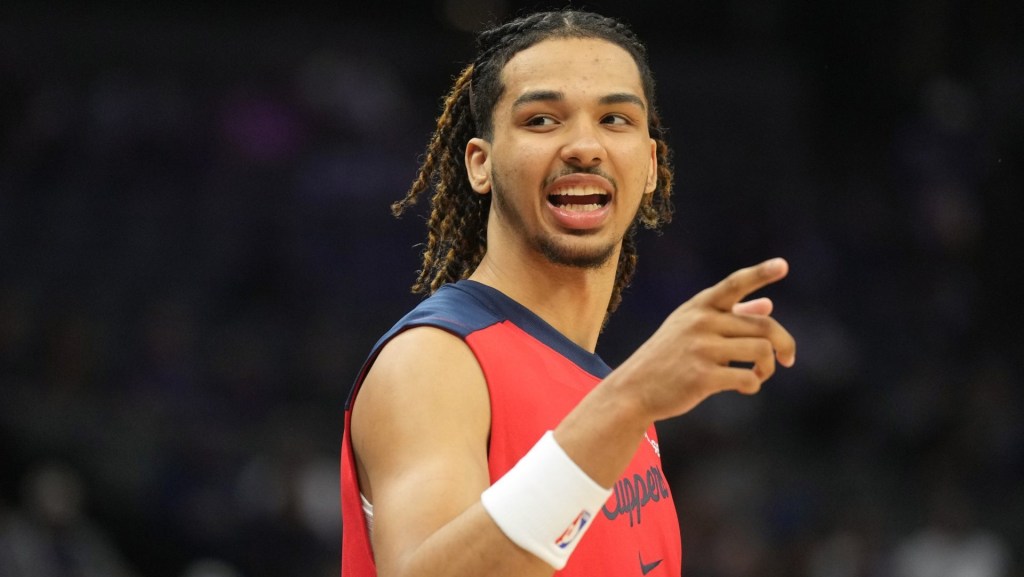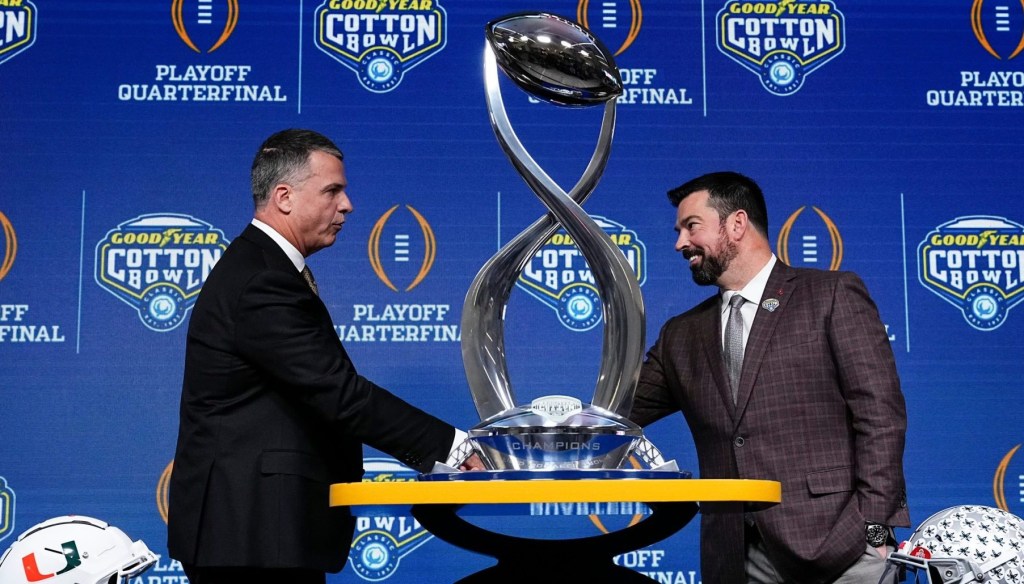On Thursday, Fanatics, with the help of group licensing company OneTeam Partners, launched the largest college football jersey program of the NIL era, featuring jerseys of more than 4,300 athletes.
It was a major industry milestone, given that officially licensed merchandise using college athletes’ NILs was impossible before NIL rules were changed.
But for players, the terms of the deal leave much to be desired.
Athletes are receiving only about $3.92 per jersey sold — even though prices are retailing for about $140, according to industry expert and attorney Darren Heitner. That price was confirmed by document shared publicly explaining OneTeam Partners’ rates. That’s less than 5% per jersey, and much lower than the early-industry standard.
Representatives for OneTeam Partners and Fanatics did not immediately respond to emailed requests for comment.
The deal is extremely low compared to one facilitated by its competitor (and former partner) The Brandr Group, for example. The Brandr Group, which has partnered with dozens of schools for group licensing rights, offers athletes $10-$12 for jerseys — about 10% of the “final invoice price,” according to CEO Wesley Haynes.
The Brandr Group’s deal is “aligned with existing industry standard best practices, and it represents the baseline for negotiations for our jersey programs,” Haynes said in a statement to Front Office Sports.
The M Den, a Michigan-specific group which brokered deals through Valiant, offers athletes about $20 each on jerseys ranging from $120-$180, according to Heitner. (Valiant’s Jared Wangler previously declined to disclose to FOS the specific percentage athletes would receive, but did say it was “significantly higher” than the NFL standard.)
Many college sports industry members previously believed that group licensing agreements — which combine the intellectual property rights of schools/teams and athletes — wouldn’t be possible in college sports at all without an official college athlete union.
Professional players unions negotiate jersey sale terms with leagues and merchandisers. But companies like The Brandr Group and OneTeam claimed a union wasn’t needed — they could simply set terms and allow athletes to opt into deals.
Receiving a few dollars per jersey is better than nothing at all, which was the case before NIL rules.
But the Fanatics/OneTeam deal illustrates how a lack of collective bargaining unit for athletes still means that they’re not getting their full potential of revenues — even if group licensing is technically possible.
